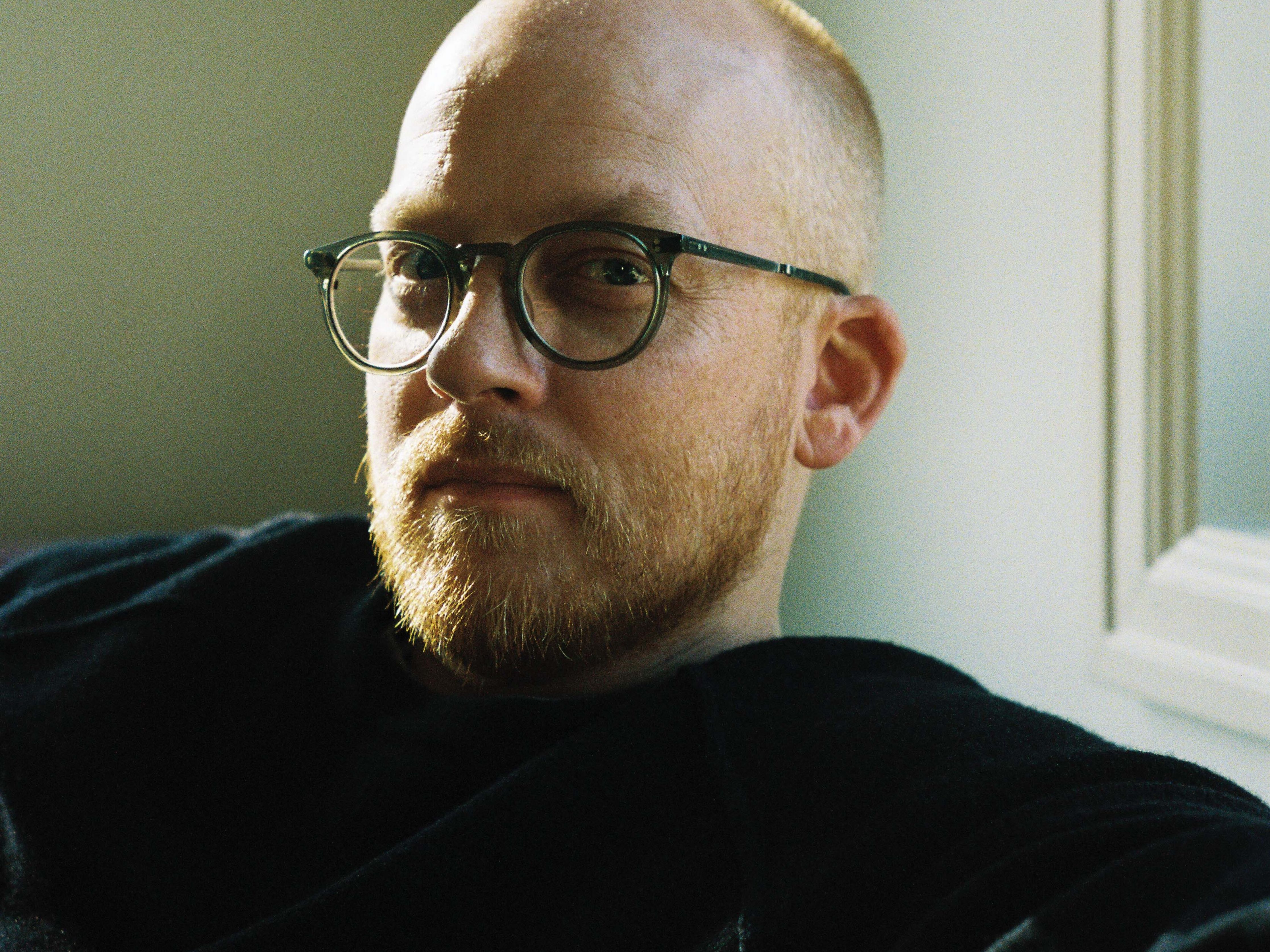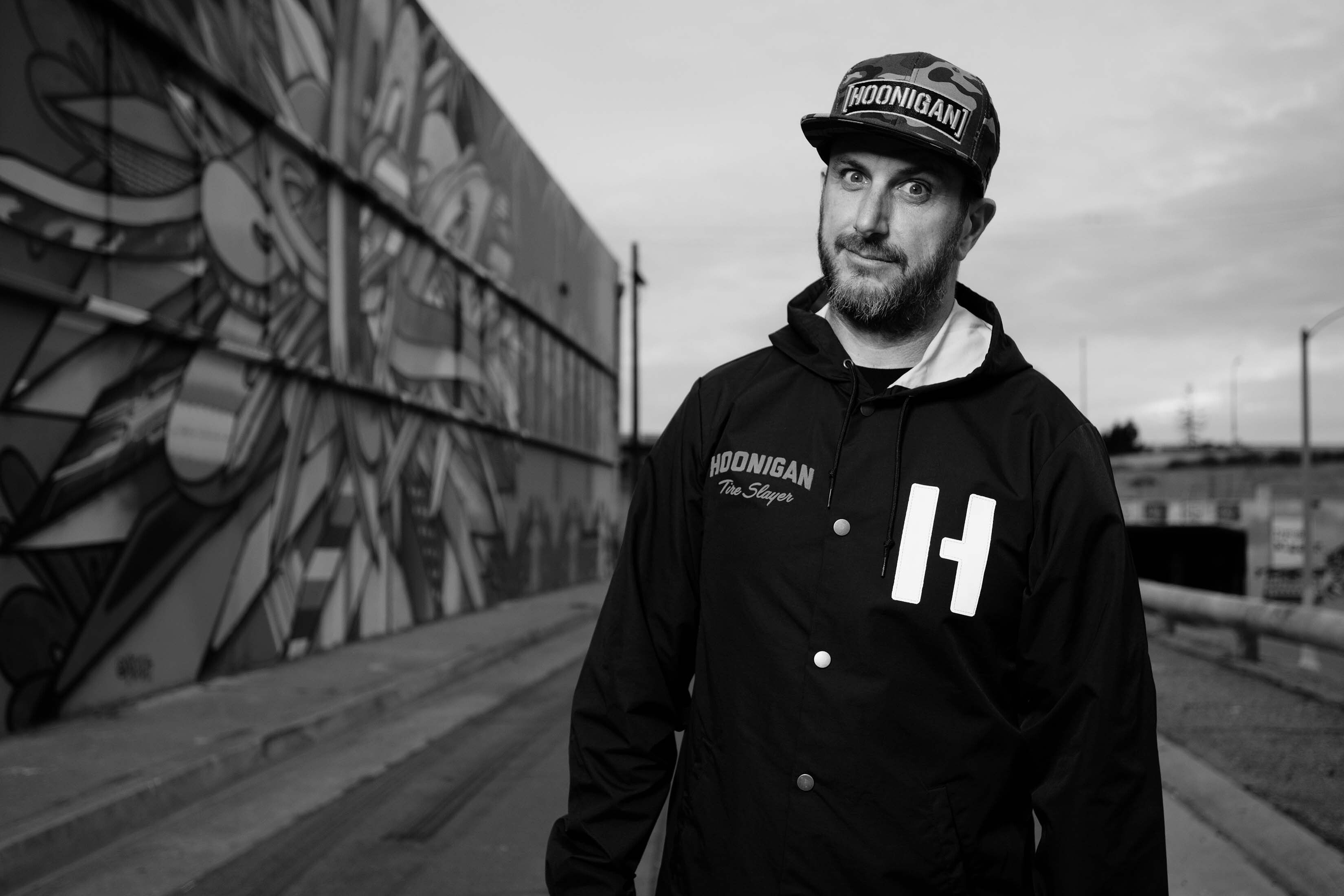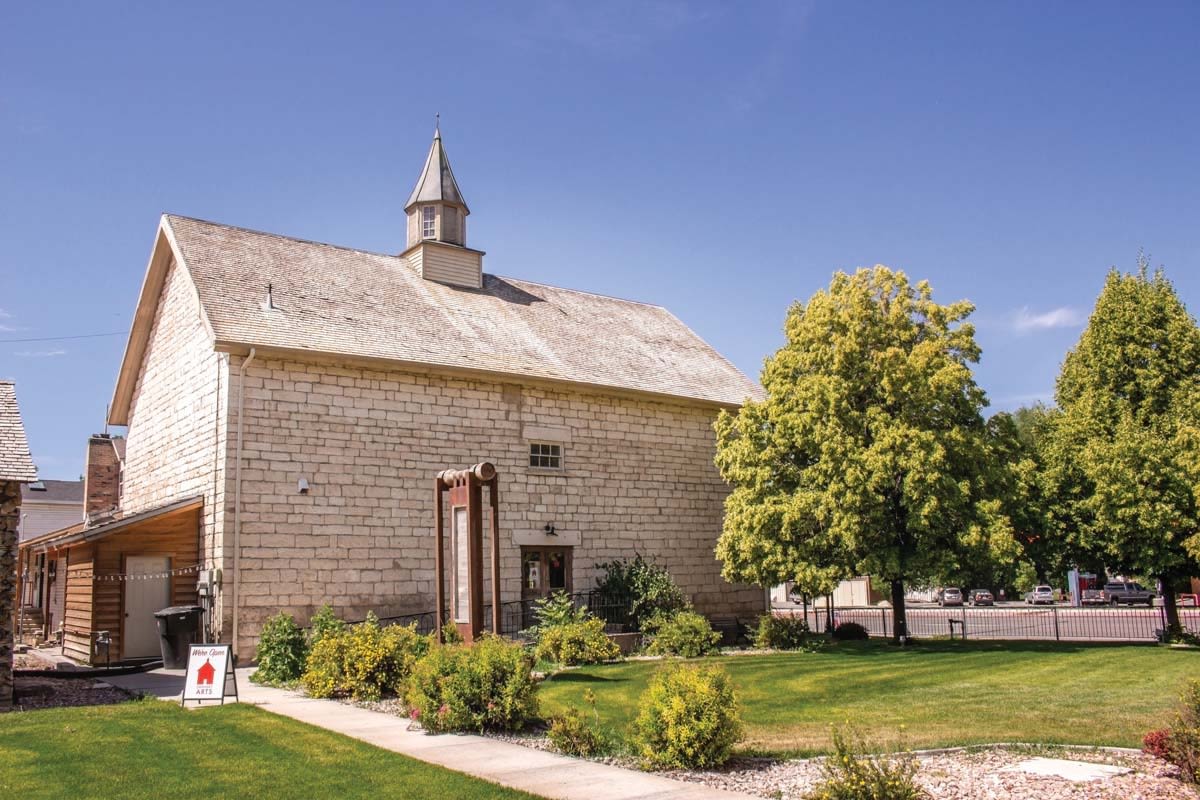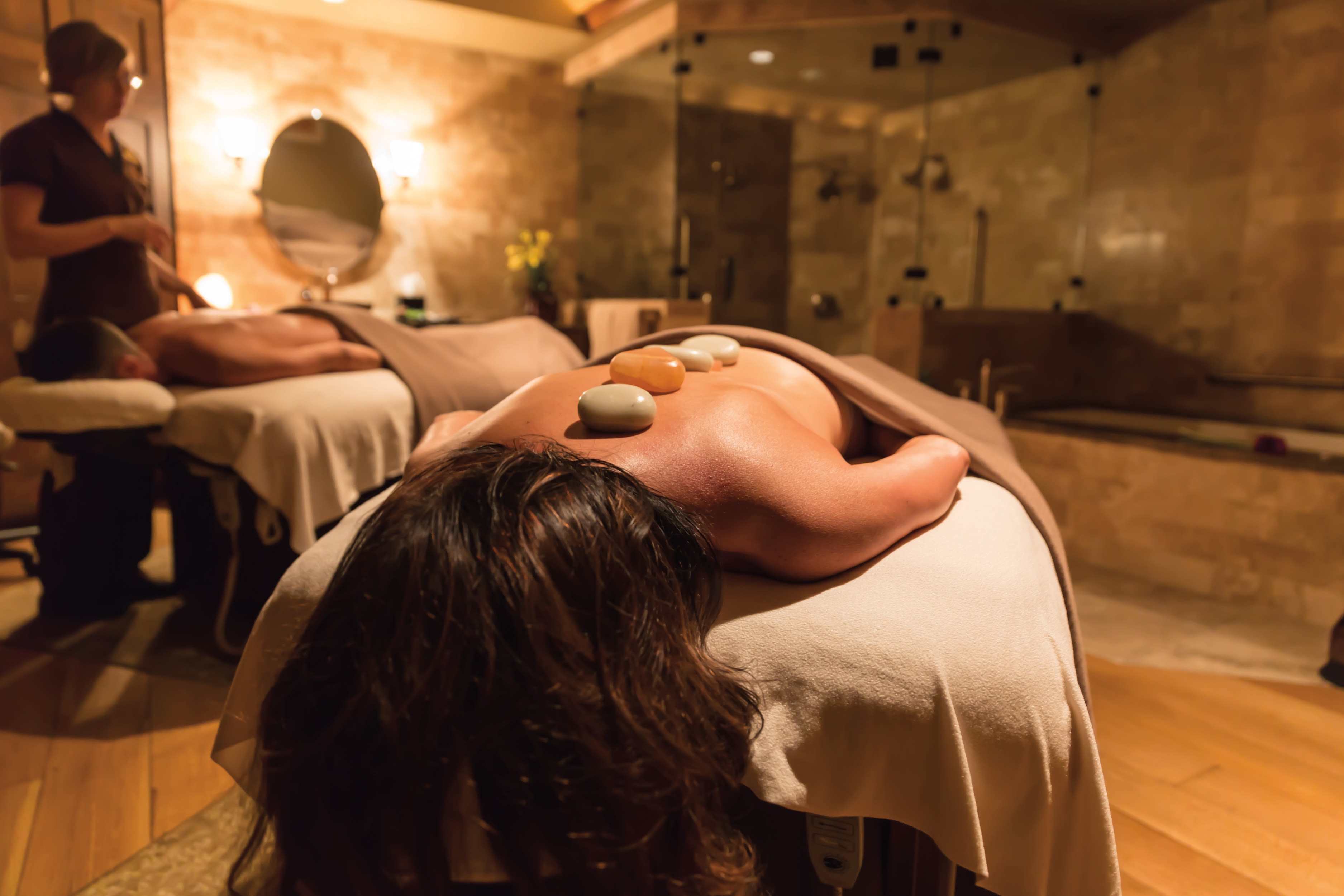Learn the History Behind Park City's Most Exclusive Neighborhood
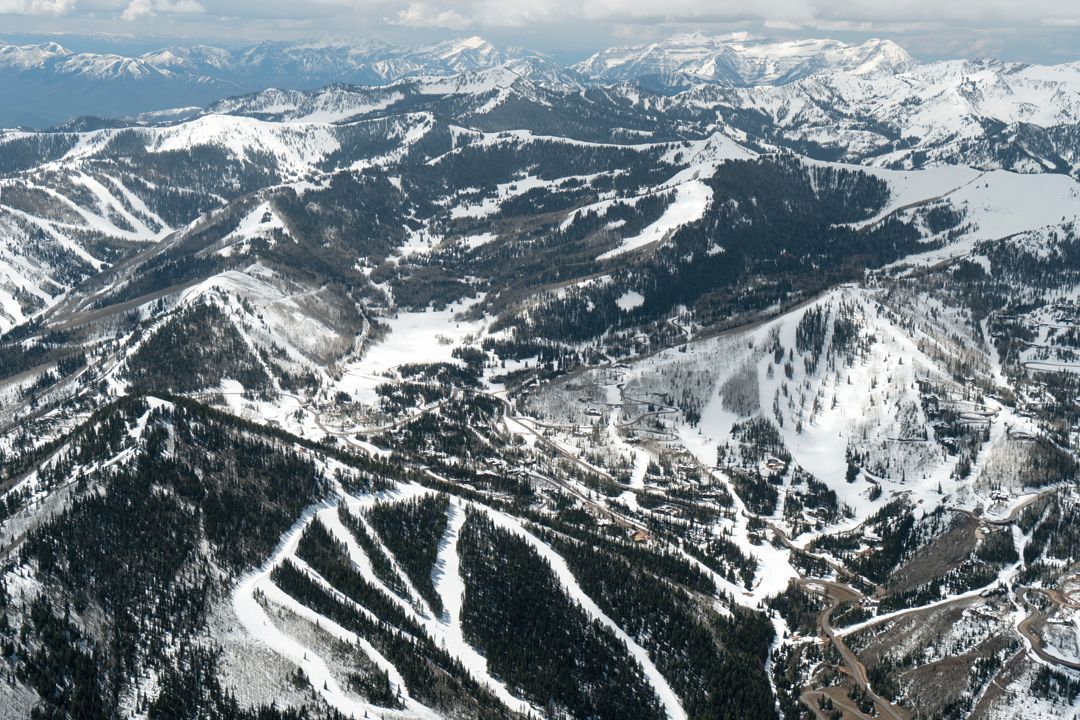
A bird's eye view of White Pine Canyon.
Image: Adam Barker
In Park City’s early days, White Pine Canyon, known only to the handful of prospectors and loggers who stumbled upon its riches, was not the center of anything. Now, of course, this picturesque tract of land is home to The Colony, a tiny neighborhood situated within the bull’s-eye of the US’s largest ski and snowboard area, Park City Mountain Resort. But back in the mid-1800s, its future as one of Park City’s premier ski in/ski out locales could never have been imagined.
White Pine Canyon’s mouth is located one mile west of the historic route between Snyderville and Park City, now SR 224. It sweeps north from Iron Mountain and Pinecone Ridge, across to Dutch Draw, with its western edge running along the 10,000-foot ridge between Park City and Big Cottonwood Canyon. This breathtaking wilderness is often compared to the grandeur of a national park, with landmark peaks, craggy ridges, and dramatic back bowls. Gambel oak clings to rocky cliffs and towering, old-growth conifer forests open to lush meadows. In the summer, butterflies dance over wild rose and elderberry, and by autumn the maples and aspens paint a brilliant canvas. White Pine Lake, fed by snowmelt and artesian springs, sends White Pine Creek babbling downward. A herd of 300 elk makes its summer home there, along with moose, deer, bear, coyote, and mountain lion.
The canyon still bears evidence of its early history, including remnants of mining activity from 1860s claims, like the Green Monster Lode. Old stumps are the only vestiges of a sawmill that harvested Douglas fir there at the turn of the century. Dates and initials carved years ago into the thick, white tree trunks in groves of enormous aspens remain legible today. And sheepherders’ lean-tos can still be spotted, along with fragments of two 1940s plane crashes.
In 1912, Del Redden, a prospector and trapper from a Coalville pioneer family, staked a claim on 160 acres in the canyon under Abraham Lincoln’s 1862 Homestead Act. He built a cabin and blacksmith shop on his Two-Bar-D Ranch. The Park Record reported that he killed 27 coyotes and trapped and sold the meat from “a 450-pound cinnamon bear” in one week. Redden, who enlarged his ranch with additional claims, later became Summit County’s sheriff. In 1924, he married and, soon after, sold the ranch to a Greek sheepman named John Condas.
With only $40 in his pocket and zero command of the English language, Condas arrived at Ellis Island in the early 1900s. He worked as a tailor, miner, and restaurateur on the East Coast before making his way inland to Bingham, Utah, where he established a slaughterhouse that supplied meat to boarding houses. In the early 1920s, with mine pollution harming his sheep, Condas moved his flock to White Pine Canyon. He used Redden’s cabin until it burned in 1935, when he built another, along with chutes and pens for separating and loading his livestock. The ranch was expanded again with additional homesteading. By the 1950s, Condas had retired, but he leased his land for summer range, film locations, and helicopter skiing.
Condas’s grandson John Lehmer remembers summers at the cabin in the 1960s. “It was lit by lanterns and had a wood stove,” he recalls. “There was a root cellar and a fountain with spring water. Barbecues were held every weekend with lamb roasted in an igloo-shaped brick oven. Men tended the meat while women made Greek salads in washtubs. There was plenty of wine.” The remains of the cabin, destroyed by fire in 1968, have been preserved, along with a flagpole dedicated to John Condas after his death in 1969.
As Park City flourished, the Condas family was approached with multiple proposals to develop the land. In 1981, the Summit County Planning Commission approved a plan for a major ski resort and a zone change allowing 3,000 units. But the project fell through. A similar development was offered in the late 1980s with plans for a connection to the then-named Park City Ski Area. As the family considered the plan, they consulted with a relative, Walt Brett, a builder and land developer in the San Diego area. “If I had the opportunity to develop it, I would never build condos and hotels,” Brett remembers thinking. “I preferred to have as small an impact as possible on the land.”
Brett and his partner teamed up with the family in 1993 to create a unique mountain ski community they named The Colony. It took years to acquire a total of 4,600 acres, secure water rights, create a master plan, and negotiate with the owners of the directly adjacent ski resort (which, over the years, has been called Park City West, Park West, Wolf Mountain, The Canyons, and Canyons), who were looking to expand the resort’s terrain. They came up with an elegant plan for 274 ski-in/ski-out homesites secluded on huge 2- to 114-acre lots. A network of more than 100 ski runs and hiking and biking trails weaves among them, including the popular Mid Mountain and Wasatch Crest Trails. Minimizing construction impacts, onsite crushing operations, and significant revegetation efforts have been praised by Summit County.
The first phase of 30 homesites, released in 1998, sold out in one day. Today, 41 lots have yet to be developed and additional ski lifts are planned. Celebrities, professional athletes, and financial and technology wizards have built spectacular family retreats with personal features like observatories, climbing walls, and art galleries.
The Colony Master Plan contemplated a future connection between Park City Mountain Resort and Canyons crossing its property long before the notion was floated publicly by the separate owners of the two resorts. But then in 2013, Vail Resorts signed a long-term lease to operate Canyons and in 2014 purchased Park City Mountain Resort outright. With the debut of the Quicksilver gondola in December 2015, the two resorts became one, and once hidden, White Pine Canyon is now at the center of what’s arguably Utah’s best-known ski and snowboard playground, and its pristine beauty is enjoyed by people from all over the world.

